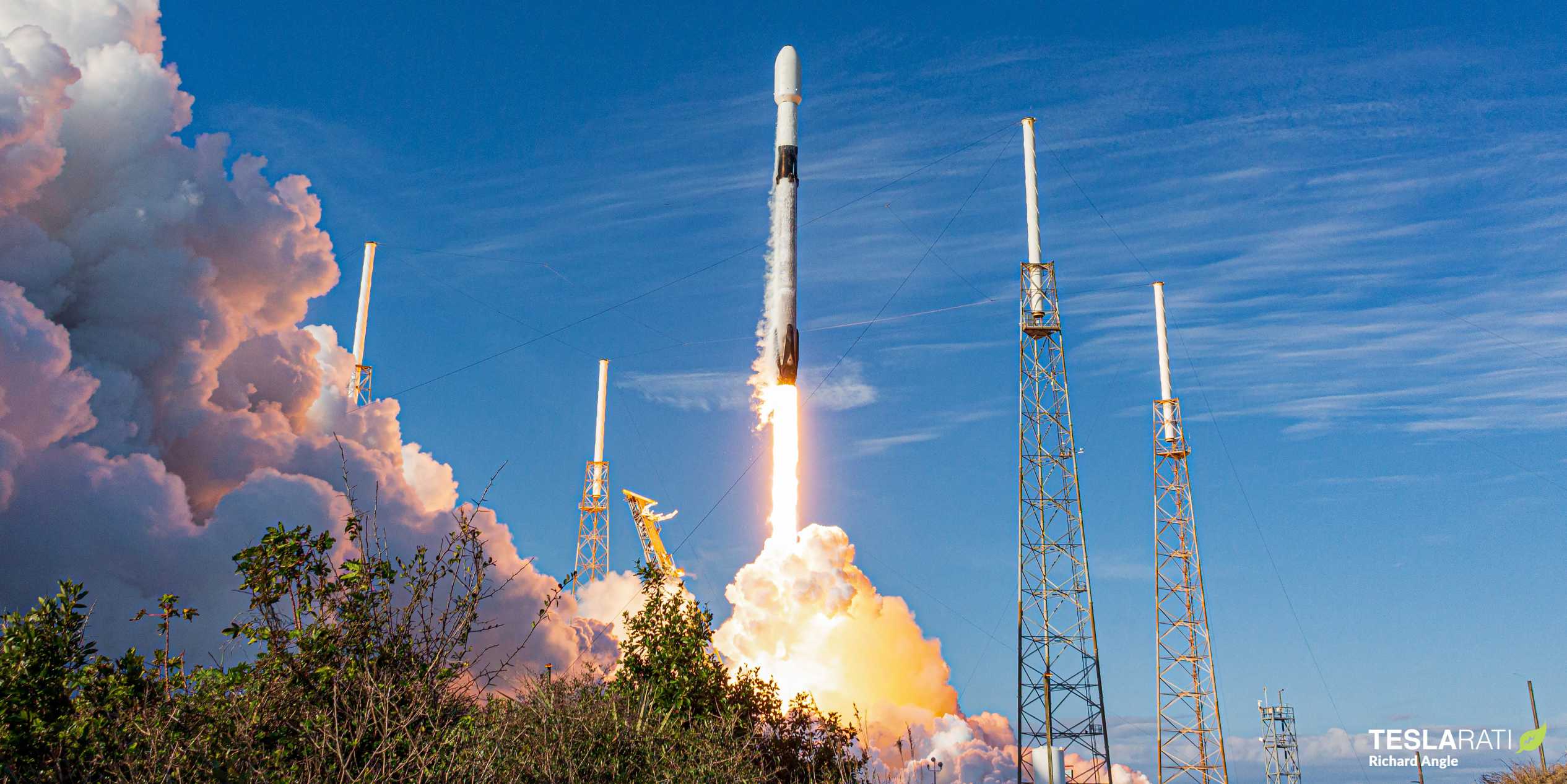
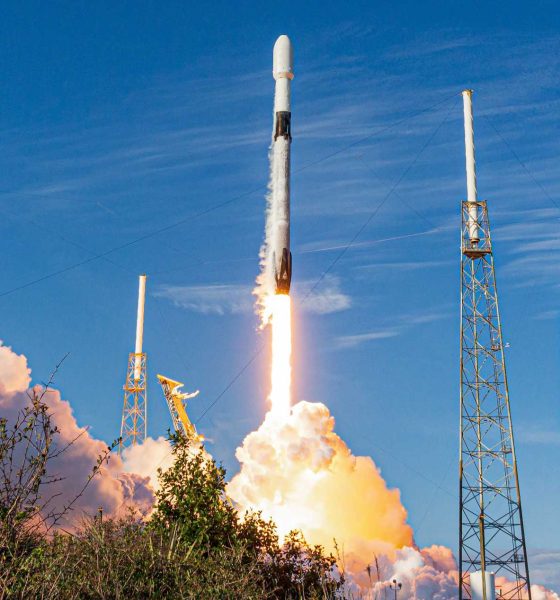
News
SpaceX's workhorse Falcon 9 rocket expected to reach major launch milestone in 2020
Hours after SpaceX launched its 240th new Starlink satellite into orbit, Elon Musk took to Twitter to cryptically reveal that the company’s workhorse Falcon 9 rocket could “reach triple digits this year” if everything goes according to plan.
Designed and built by SpaceX in the late 2000s, the Falcon 9 rocket launched for the first time in June 2010. Developed for the unfathomably low price of $300 million from clean-sheet design to first orbital launch, the original single-core Falcon 9 rocket – known as V1.0 – was about 48m (160 ft) tall, weighed 333 metric tons (735,000 lb) fully fueled, and was capable of launching almost 10.5 metric tons (23,000 lb) into low Earth orbit (LEO). Famously, when provided with Falcon 9’s basic specifications and characteristics, an independent NASA study estimated that the rocket’s development would have cost the agency anywhere from $1.7 billion to $4 billion to design and build.
NASA came to this conclusion in 2011, less than a year after Falcon 9’s first launch, and that the disconnect between the status quo held by NASA and the broader US spaceflight industry and what SpaceX tangibly achieved came to almost perfectly symbolize the rocket’s first six or so years of operations. Although SpaceX stumbled hard with two catastrophic rocket failures in June 2015 and September 2016, the company ultimately picked itself up, learned from those still-agonizing lessons, and has since shaped Falcon 9 into one of the most capable, reliable, reusable, and prolific launch vehicles ever flown. That latter characteristic – the sheer volume of launches Falcon 9 has come to represent – is what CEO Elon Musk was referring to earlier this week.
Specifically, after Wednesday’s flawless launch, Falcon 9 has now launched 80 times in its 9.5-year career, while Starlink V1 L3 marked the workhorse rocket’s 52nd consecutive success of 79 total. Impressively, while those 52 launches represent almost 65% of all of Falcon 9’s missions, SpaceX has dramatically improved the rocket’s reliability and availability over the last few years. In short, Falcon 9 has completed 52 consecutively successful launches in exactly 36 months (January 2017 to January 2020), meaning that nearly two-thirds of its lifetime launches have occurred in less than a third of the time Falcon 9 has been operational.
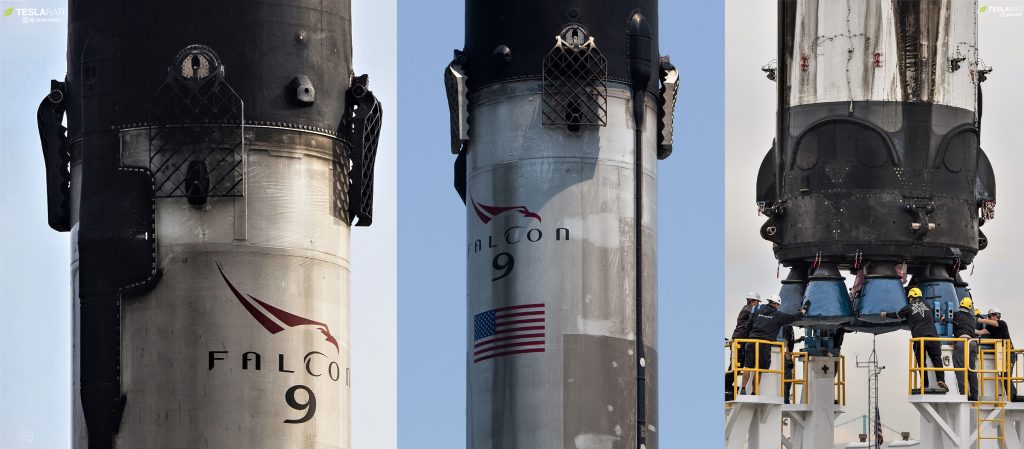
Put a different way, since the start of 2017, SpaceX has – on average – launched Falcon 9 more than four times (1.4 launches/month) as often as the rocket managed in its first 6.5 years of operations (1 launch every 2.7 months). Tweeting on January 29th, 2020 in response to an overview of the number of launches performed by each operational US rocket, CEO Elon Musk hinted that he believes “Falcon 9 will achieve triple digits” in 2020.
In other words, Musk thinks that SpaceX’s workhorse Falcon 9 rocket will be able to reach more than 100 lifetime launches by the end of 2020 — a feat that will require at least 20 additional Falcon 9 launches over the next 11 months. Speaking hours after SpaceX completed its third launch in January 2020 alone, it’s not hard to imagine – assuming, as Musk did, that “all goes well – that Falcon 9 will manage another 20 launches this year.
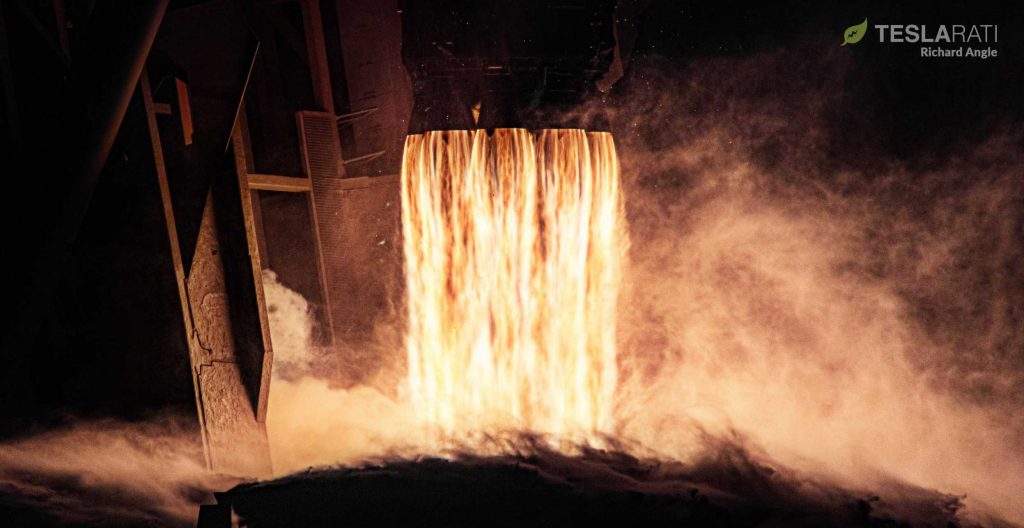
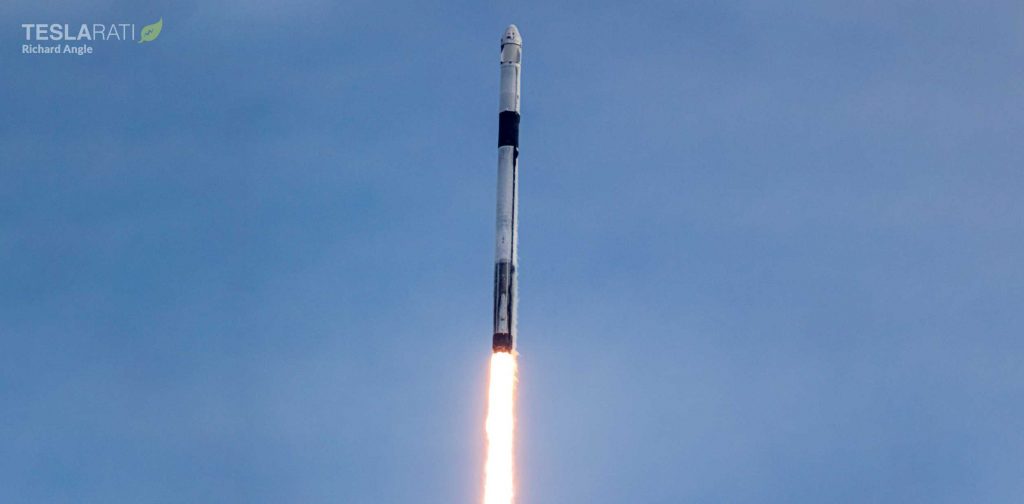
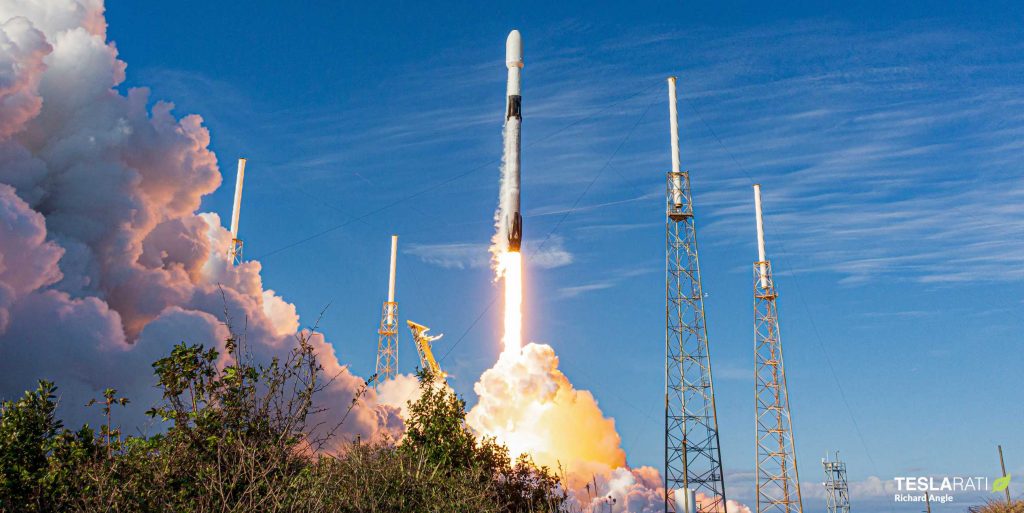
Averaged out, SpaceX has performed a launch every 9.7 days in January. Extrapolated to the rest of the year and assuming no improvement, SpaceX could theoretically perform as many as 37 launches in 2020. It’s worth noting, however, that SpaceX’s third launch of the month was ready for flight as early as January 21st but was delayed more than a week by bad weather – obviously out of the company’s control. Had weather permitted, SpaceX even had a fourth launch planned this month – a Starlink mission that is now expected sometime in early February.
In simple terms, it would take one or several major upsets to prevent Falcon 9 from reaching >100 lifetime launches later this year. Even if every single customer launch abruptly slips into 2021, SpaceX has still said that it has plans for 20-24 dedicated Starlink launches in 2020 alone, potentially singlehandedly carrying Falcon 9 over the 100-launch crest.
Falcon 9’s next launch – the fourth Starlink v1.0 mission – is currently scheduled no earlier than (NET) early February, followed by another Starlink mission later that month and Cargo Dragon’s final space station resupply mission NET March 2nd.
Check out Teslarati’s Marketplace! We offer Tesla accessories, including for the Tesla Cybertruck and Tesla Model 3.

News
Tesla is not sparing any expense in ensuring the Cybercab is safe
Images shared by the longtime watcher showed 16 Cybercab prototypes parked near Giga Texas’ dedicated crash test facility.

The Tesla Cybercab could very well be the safest taxi on the road when it is released and deployed for public use. This was, at least, hinted at by the intensive safety tests that Tesla seems to be putting the autonomous two-seater through at its Giga Texas crash test facility.
Intensive crash tests
As per recent images from longtime Giga Texas watcher and drone operator Joe Tegtmeyer, Tesla seems to be very busy crash testing Cybercab units. Images shared by the longtime watcher showed 16 Cybercab prototypes parked near Giga Texas’ dedicated crash test facility just before the holidays.
Tegtmeyer’s aerial photos showed the prototypes clustered outside the factory’s testing building. Some uncovered Cybercabs showed notable damage and one even had its airbags engaged. With Cybercab production expected to start in about 130 days, it appears that Tesla is very busy ensuring that its autonomous two-seater ends up becoming the safest taxi on public roads.
Prioritizing safety
With no human driver controls, the Cybercab demands exceptional active and passive safety systems to protect occupants in any scenario. Considering Tesla’s reputation, it is then understandable that the company seems to be sparing no expense in ensuring that the Cybercab is as safe as possible.
Tesla’s focus on safety was recently highlighted when the Cybertruck achieved a Top Safety Pick+ rating from the Insurance Institute for Highway Safety (IIHS). This was a notable victory for the Cybertruck as critics have long claimed that the vehicle will be one of, if not the, most unsafe truck on the road due to its appearance. The vehicle’s Top Safety Pick+ rating, if any, simply proved that Tesla never neglects to make its cars as safe as possible, and that definitely includes the Cybercab.
Elon Musk
Tesla’s Elon Musk gives timeframe for FSD’s release in UAE
Provided that Musk’s timeframe proves accurate, FSD would be able to start saturating the Middle East, starting with the UAE, next year.
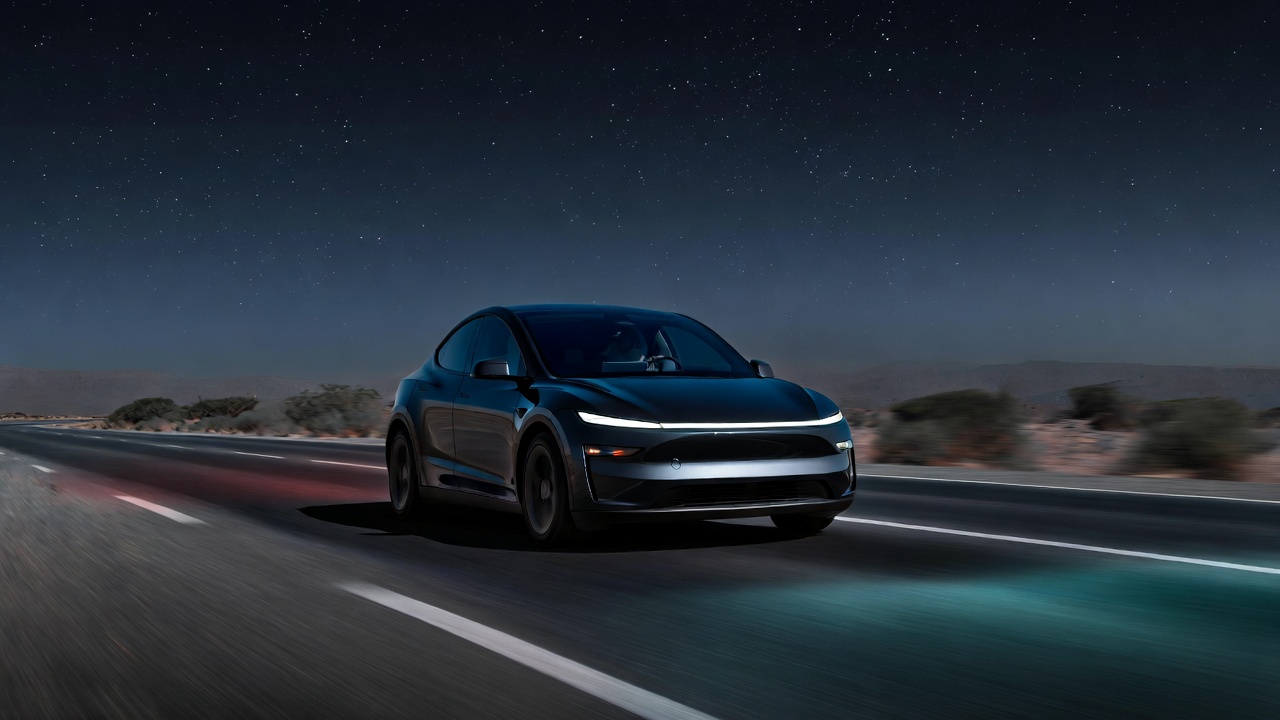
Tesla CEO Elon Musk stated on Monday that Full Self-Driving (Supervised) could launch in the United Arab Emirates (UAE) as soon as January 2026.
Provided that Musk’s timeframe proves accurate, FSD would be able to start saturating the Middle East, starting with the UAE, next year.
Musk’s estimate
In a post on X, UAE-based political analyst Ahmed Sharif Al Amiri asked Musk when FSD would arrive in the country, quoting an earlier post where the CEO encouraged users to try out FSD for themselves. Musk responded directly to the analyst’s inquiry.
“Hopefully, next month,” Musk wrote. The exchange attracted a lot of attention, with numerous X users sharing their excitement at the idea of FSD being brought to a new country. FSD (Supervised), after all, would likely allow hands-off highway driving, urban navigation, and parking under driver oversight in traffic-heavy cities such as Dubai and Abu Dhabi.
Musk’s comments about FSD’s arrival in the UAE were posted following his visit to the Middle Eastern country. Over the weekend, images were shared online of Musk meeting with UAE Defense Minister, Deputy Prime Minister, and Dubai Crown Prince HH Sheikh Hamdan bin Mohammed. Musk also posted a supportive message about the country, posting “UAE rocks!” on X.
FSD recognition
FSD has been getting quite a lot of support from foreign media outlets. FSD (Supervised) earned high marks from Germany’s largest car magazine, Auto Bild, during a test in Berlin’s challenging urban environment. The demonstration highlighted the system’s ability to handle dense traffic, construction sites, pedestrian crossings, and narrow streets with smooth, confident decision-making.
Journalist Robin Hornig was particularly struck by FSD’s superior perception and tireless attention, stating: “Tesla FSD Supervised sees more than I do. It doesn’t get distracted and never gets tired. I like to think I’m a good driver, but I can’t match this system’s all-around vision. It’s at its best when both work together: my experience and the Tesla’s constant attention.” Only one intervention was needed when the system misread a route, showcasing its maturity while relying on vision-only sensors and over-the-air learning.
News
Tesla quietly flexes FSD’s reliability amid Waymo blackout in San Francisco
“Tesla Robotaxis were unaffected by the SF power outage,” Musk wrote in his post.

Tesla highlighted its Full Self-Driving (Supervised) system’s robustness this week by sharing dashcam footage of a vehicle in FSD navigating pitch-black San Francisco streets during the city’s widespread power outage.
While Waymo’s robotaxis stalled and caused traffic jams, Tesla’s vision-only approach kept operating seamlessly without remote intervention. Elon Musk amplified the clip, highlighting the contrast between the two systems.
Tesla FSD handles total darkness
The @Tesla_AI account posted a video from a Model Y operating on FSD during San Francisco’s blackout. As could be seen in the video, streetlights, traffic signals, and surrounding illumination were completely out, but the vehicle drove confidently and cautiously, just like a proficient human driver.
Musk reposted the clip, adding context to reports of Waymo vehicles struggling in the same conditions. “Tesla Robotaxis were unaffected by the SF power outage,” Musk wrote in his post.
Musk and the Tesla AI team’s posts highlight the idea that FSD operates a lot like any experienced human driver. Since the system does not rely on a variety of sensors and a complicated symphony of factors, vehicles could technically navigate challenging circumstances as they emerge. This definitely seemed to be the case in San Francisco.
Waymo’s blackout struggles
Waymo faced scrutiny after multiple self-driving Jaguar I-PACE taxis stopped functioning during the blackout, blocking lanes, causing traffic jams, and requiring manual retrieval. Videos shared during the power outage showed fleets of Waymo vehicles just stopping in the middle of the road, seemingly confused about what to do when the lights go out.
In a comment, Waymo stated that its vehicles treat nonfunctional signals as four-way stops, but “the sheer scale of the outage led to instances where vehicles remained stationary longer than usual to confirm the state of the affected intersections. This contributed to traffic friction during the height of the congestion.”
A company spokesperson also shared some thoughts about the incidents. “Yesterday’s power outage was a widespread event that caused gridlock across San Francisco, with non-functioning traffic signals and transit disruptions. While the failure of the utility infrastructure was significant, we are committed to ensuring our technology adjusts to traffic flow during such events,” the Waymo spokesperson stated, adding that it is “focused on rapidly integrating the lessons learned from this event, and are committed to earning and maintaining the trust of the communities we serve every day.”








